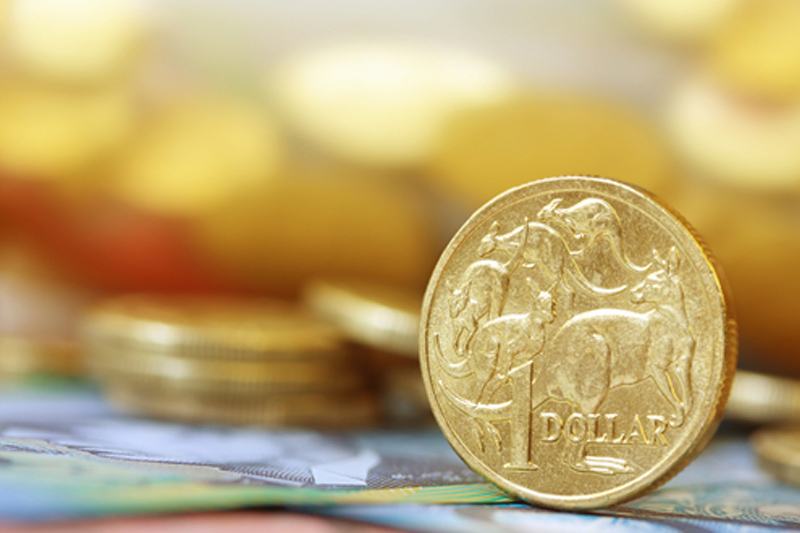Investing.com - The Australian dollar was steady against its U.S. counterpart on Thursday, trading above Wednesday's six-month lows as the release of strong employment data from Australia lent support to the Aussie.
AUD/USD hit 0.9218 during late Asian trade, the pair's highest since September 9; the pair subsequently consolidated at 0.9158, up 0.01%.
The pair was likely to find support at 0.9110, Wednesday's low and a six-month low and resistance at 0.9288, the high of September 9.
In a report, the Australian Bureau of Statistics said the country's economy added 121,000 last month, beating expectations for an increase of 12,000. July's figure was revised to a 4,100 decline from a previously estimated 300 fall.
The report also showed that Australia's unemployment rate ticked down to 6.1% in August from 6.4% in July, compared to expectations for a decline to 6.3%.
Separately, the Melbourne Institute said inflation expectations for Australia in the next 12 months rose to 3.5% in August, up from 3.1% in July.
Meanwhile, demand for the greenback remained supported by expectations for an early hike in U.S. interest rates. A study by the San Francisco Fed published on Monday indicated that central bank officials see rates rising sooner than markets expect.
The Aussie was higher against the New Zealand dollar, with AUD/NZD rising 0.21% to 1.1200.
Also Thursday, the Reserve Bank of New Zealand held its benchmark interest rate at 3.50%, in a widely expected move.
The central bank also signaled that it will keep interest rates on hold for a longer period of time after lowering inflation forecasts to 1.4% in the 12 months ending March 31, down from the 1.8% forecast in June.
Commenting on the decision, RBNZ Governor Graeme Wheeler said "it is prudent to undertake a period of monitoring and assessment before considering further policy adjustment."
Wheeler also said he expects "a further significant depreciation" in the New Zealand dollar.
Later in the day, the U.S. was to produce the weekly report on initial jobless claims.
